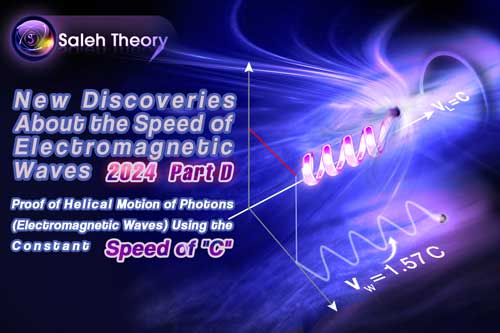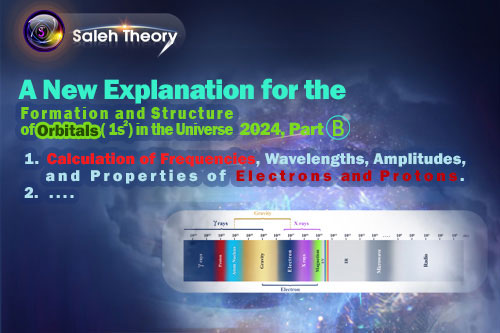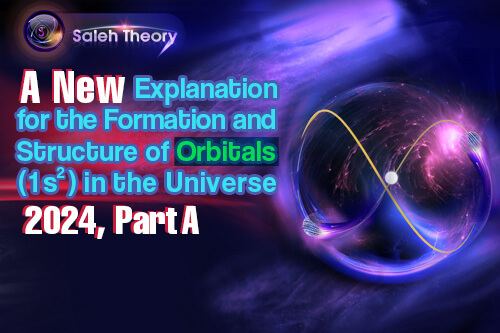
A New Explanation for the Formation and Structure of Orbitals (1s2) in the Universe 2024, Part A
It is commonly understood that electrons revolve around their nucleus at speeds nearing the speed of light. As a result of this movement, an "electron cloud" could be formed around the nuclei. The region where electrons can exist is referred to as the orbital.
One of the simplest models to describe orbitals is the solar system model. It means the electron moves in a simple and closed orbit around its central nucleus. However, it is important to note that the simple orbital motion of electrons around the nucleus cannot generate an "electron cloud" around it.

However, in previous articles, it was mentioned that after emitting from the electron, a photon traverses a helical path. This movement can also be considered for the electron. In such a manner, an electron also possesses a helical motion around the nucleus, the creation of electron clouds results from this type of motion. (The lightnings observed in nature vividly indicate the helical motion of electrons.)
In other words, considering an atom composed of a central nucleus and electrons orbiting around it at speeds close to the speed of light in a closed rotational motion, we explain the concepts of "Orbitals" and "electron clouds".
However, the electron also revolves around itself at a very high speed. Therefore, the trajectory of its motion becomes a closed simple curve. Which represents the trajectory of a closed curve with wave- like motion.
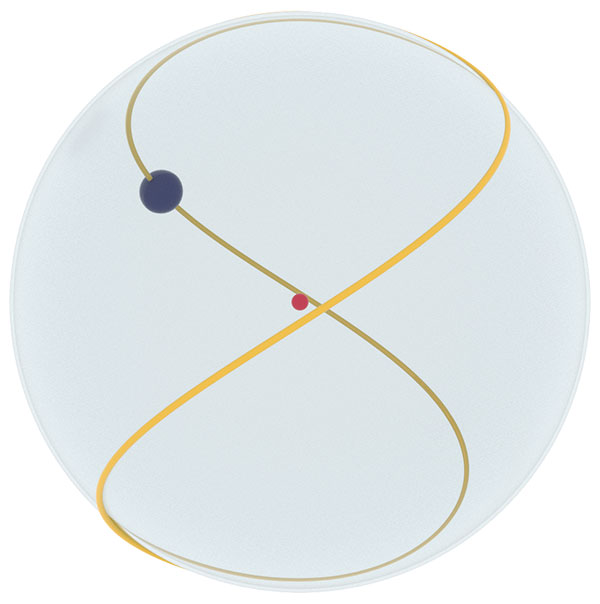
Moreover, it has already been proven that atomic nuclei also rotate around themselves at extremely high speeds. As a result of this rotation, the surrounding electrons also move in closed circular paths.
The combination of these three types of motion can consistently indicate the presence of electrons within their orbitals. The outcome of combining their trajectories and high speeds demonstrates a state where the electron appears to be continuously moving in a path on a sphere around its nucleus's surface, exhibiting a constant presence at every point along that sphere.
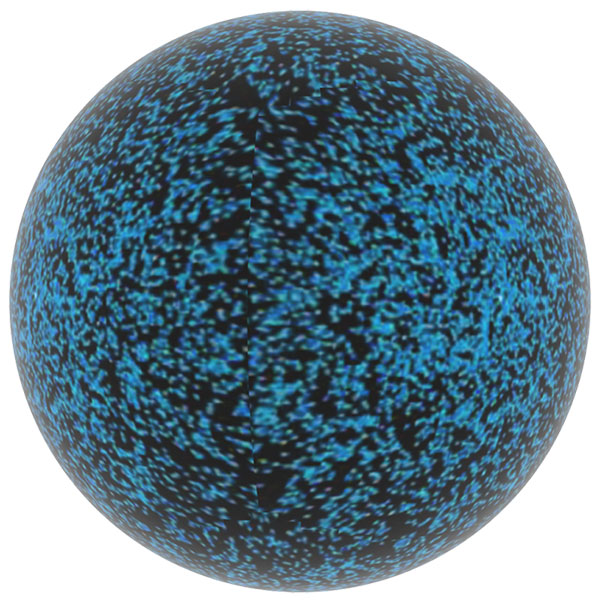
Notice:
The 1s2 orbital contains two electrons, and the two electrons are consistently positioned facing each other. However, in some depictions, the two electrons may be observed positioned alongside, the reality is that at all moments, they are positioned directly facing each other. This is due to the best balance and equilibrium that exist in the resultant forces in this model.



